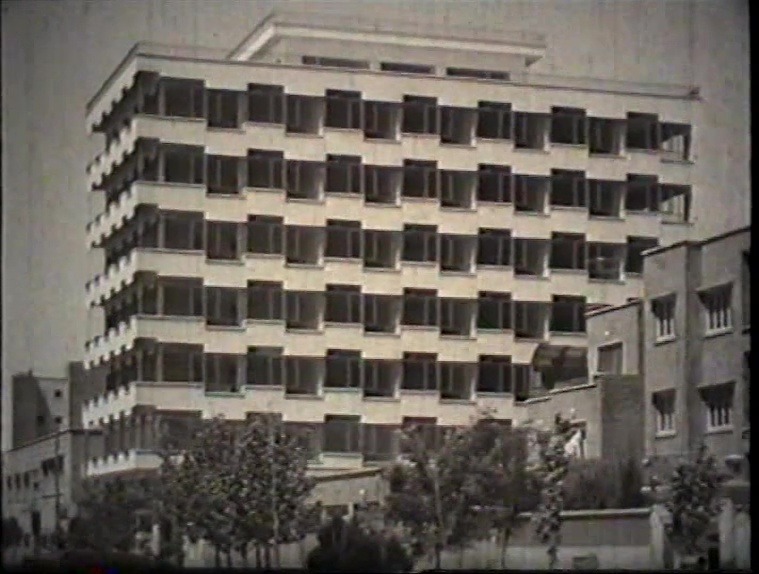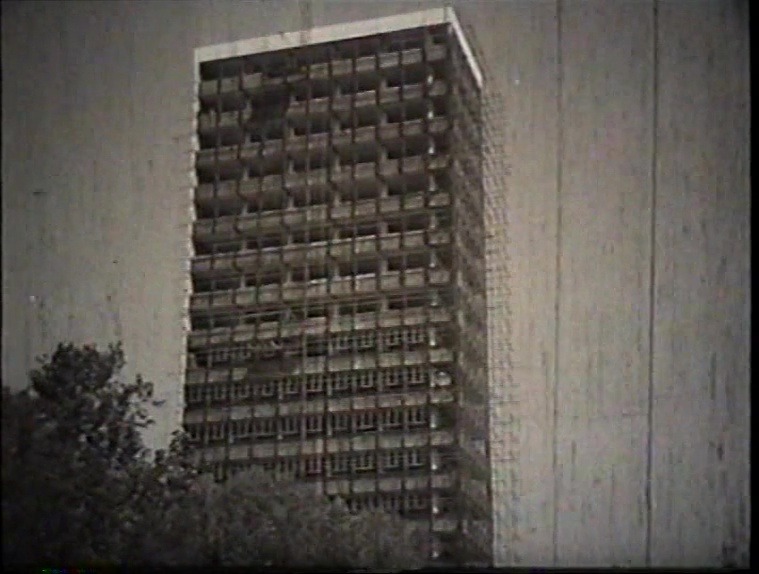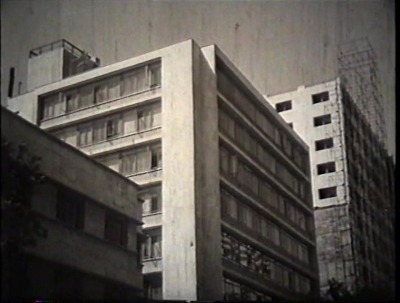 |
| Esmail Koushan |
When serving as the editor-in-chief of the now defunct Underline arts quarterly, I celebrated the centenary of Iranian film director-producer by commissioning two pieces on him. This is the second essay (the first one, by Nima Hassani-Nasab, is already available here), written by the untiring historian of Iranian cinema Abbas Baharloo. I'm publishing it here for the first time. — EK
Esmail Koushan: The Storm of Life
By Abbas Baharloo
A portrait of Esamil Koushan, one of the fathering figures of Iranian cinema
Esmail Koushan, producer, director, screenwriter, cinema owner and founder of the largest film studio in Iran, has been described as both ‘the father of Iranian cinema’ and ‘the bad guy of Iranian cinema’.
From the very beginning, Koushan was determined to be a pioneer. He was responsible for the first foreign film to be dubbed into Persian; he founded the first film studio in Iran, Mitra Film, after cinema had experienced a fallow period (1937-47) following the art form’s initial development there; and was the producer of the first Iranian talkie to be made in Iran, The Storm of Life (1948). He made possible the production of the first episodic film in Iran (The Spring Variety, 1949); he initiated the making of the first black and white CinemaScope film (Accusation, directed by Shapur Yasami, 1956), colour CinemaScope film (The Runaway Bride, which he directed himself, 1958), and the first films co-produced with France (Ebram in Paris, directed by himself, 1964), Turkey (Divine Justice, 1969), and West Germany (The Sleeping Lion, directed by Esmail’s brother, Mahmoud Koushan, 1976). He also initiated the publication of one of the first Iranian film magazines (Alam-e Honar or ‘The World of Art’, 1951).
 |
| Divine Justice (1969) |
Esmail Harir-Forush (his surname meant ‘the silk merchant’), who following the example of his uncle changed his surname to Koushan, was born in Tehran in 1917. He passed away in the same city on 5th July 1983. He began his studies at the Dar ol-Fonun School, and at the end of autumn 1937, at a time when the reign of Reza Shah had led to a contraction of commercial relations with Britain and an increase in contacts with Germany, he moved to the latter country to continue his education, studying economics in Berlin. At a time when he benefited from no financial assistance, he made the acquaintance of Bahram Keykhosro Shahrokh, son of a prominent Iranian politician and a newsreader for Radio Berlin.
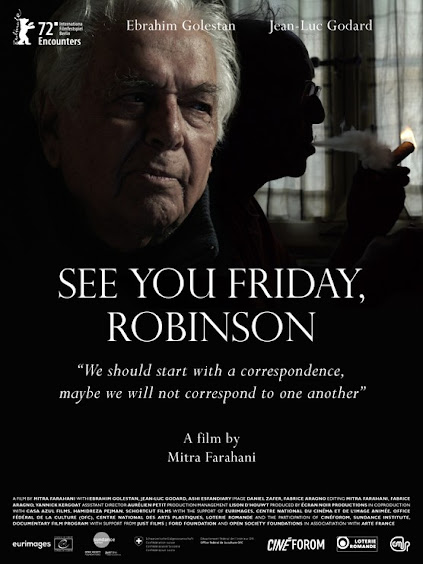


.jpg)
.jpg)

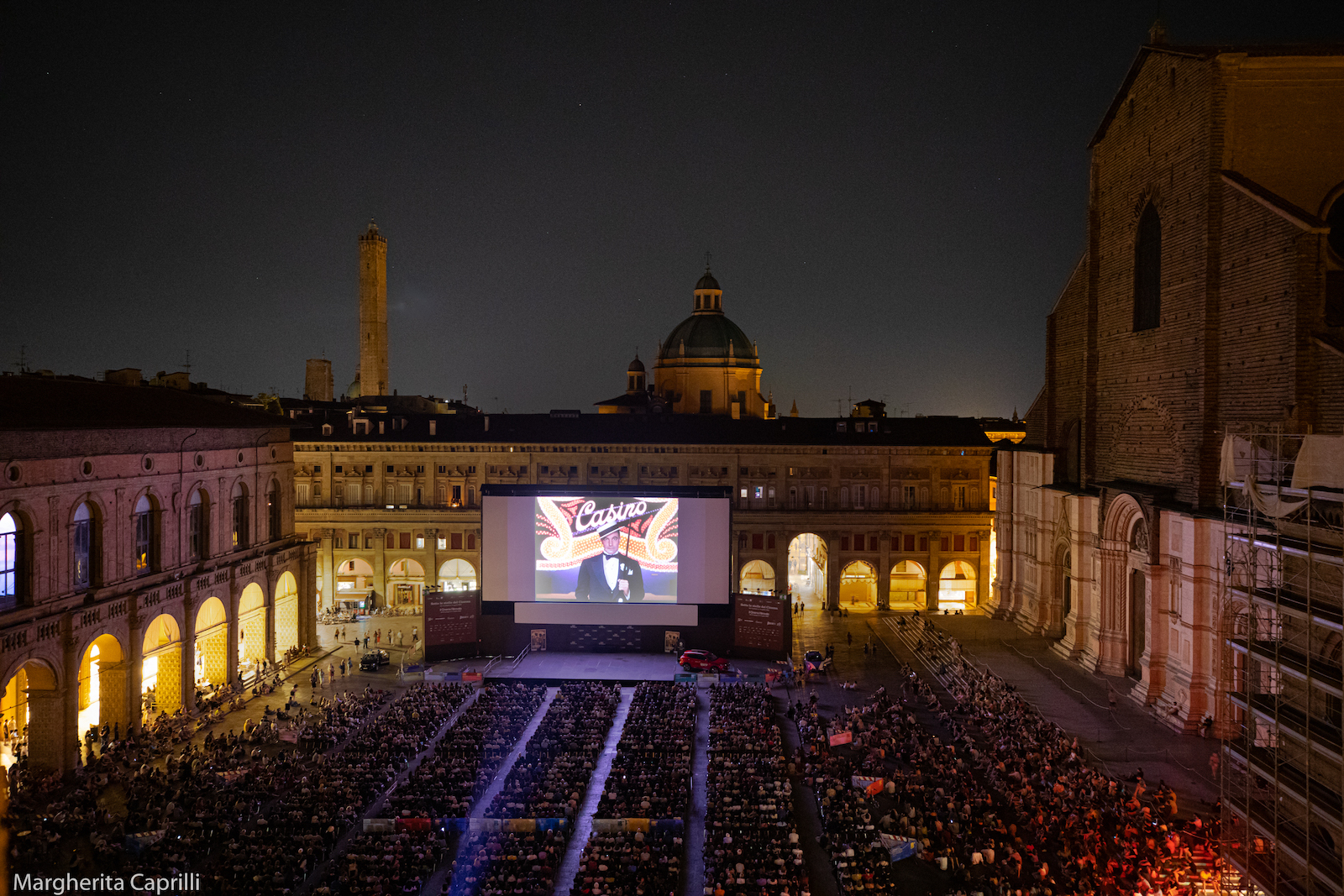

.jpg)






